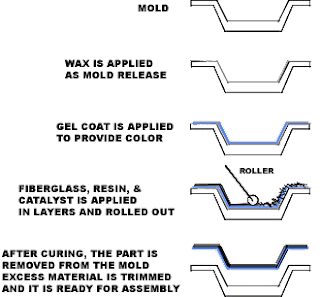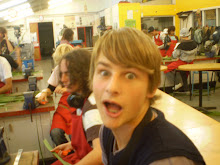Technical Specification:
Density
| 0.65 to 0.75 gms/cc
|
Glue shear strength (Dry)
| Avg. 156 kg.
|
Glue shear strength (Wet)
(after 72 hours boiling at 100oC)
| Avg. 115 kg.
|
Tensile Strength
(Along the grain)
| 689kg F/sq. CM
|
Tensile Strength
(Along the grain) | 410kg F/sq. CM |
Moisture Content
| 8 to 12%
|
Swelling in water
| below 1%
|
Screw holding strength
| Above 250 kg
|
Nail holding strength
| Above 100 kg
|
Bending Strength
| Above 400 kgs. F/Sq. CM
|
Marine plywood is specially treated to resist rotting in a high-moisture environment. Marine plywood is frequently used in the construction of docks and boats. It is much more expensive than standard plywood; costs for a typical 4 foot by 8 foot 1/2 inch thick board is roughly $75 to $100 US or around $2.5 per square foot, which is about three times as expensive as standard plywood.
Marine plywood can be graded as being compliant with BS 1088, which is a British Standard for marine plywood. There are few international standards for grading marine plywood and most of the standards are voluntary. Some marine plywood has a Lloyd's of London stamp that certifies it to be BS 1088 compliant. Some plywood is also labeled based on the wood used to manufacture it. Examples of this are Okoume or Meranti
Advantages
1. High uniform strength: Wood is 45 times stronger along the grain than across the grain. Crossing the adjacent sheets tends to equalise the strength in all directions.
2. Freedom from shrinking, swelling and warping: Solid wood exhibits considerable movement across the grain but generally negligible shrinkage or swelling in a longitudinal plane. The balanced construction of a plywood panel with the grain direction of adjacent veneers at right angles tends to equalise stress, thus reducing shrinkage, swelling and warping.
3. Non-splitting qualities: Solid wood splits fairly readily along the grain. Plywood by crossed laminations can be nailed or screwed near the club without damage from splitting.
4. Availability of relatively large sizes: Sawn timber can be obtained in fairly long lengths but only in relatively narrow widths. Plywood can be sold in sizes up to 6 ft * 25 ft and by the scarf jointing of small sheets up to 6 ft *40 ft, however 8 ft*4 ft is the most common size.
5. Economical and effective utilisation of figured wood: Twenty sheets of veneer can be sliced from 1 inch of solid wood. When glued to a core of cheaper material a high grade panel is produced. This procedure thus affects distinct economies in the use of figured or the more valuable woods. In addition to facilitating the utilisation of attractive but fragile face veneers to give results which cannot be duplicated in solid construction. More effective utilisation is obtained by the matching of veneer in such a manner that the decorative effect due to the natural figure in the wood is enhanced by the regularity or symmetry of the design.
6. Ease of fabrication of curved surfaces: The trend of modern architectural design is to feature curved surfaces. The desired shapes can be readily fabricated in plywood construction, utilising male and female forms, or a single forming a vacuum press or autoclave
7. Reduction of waste: One of the important aspects in the manufacture of plywood is that it results in the conservation of timber by the elimination of the waste which occurs in sawing e.g. sawdust. Waste is confined to the small core which remains after peeling, from the veneer which is lost in rounding up the log, and the elimination of such defects as knots and splits.
8. Dense woods can be sliced and bonded into plywood panels for use in furniture construction whereas furniture fabricated from solid timber would be far too heavy.































![[image002.gif]](https://blogger.googleusercontent.com/img/b/R29vZ2xl/AVvXsEhjVtBlIWcac0yT70cNGJHwTC_GmxTFLq_5UFv-sPed11z6JpWugMfC7sy4XfDNtdDInLut81_eON9sHxFFjhJIRefuVKt6DR0L8VihmrNe3TPoAiCecJROipIKMHGBeYLSQQ_ZLnzOwS2j/s1600/image002.gif)


















